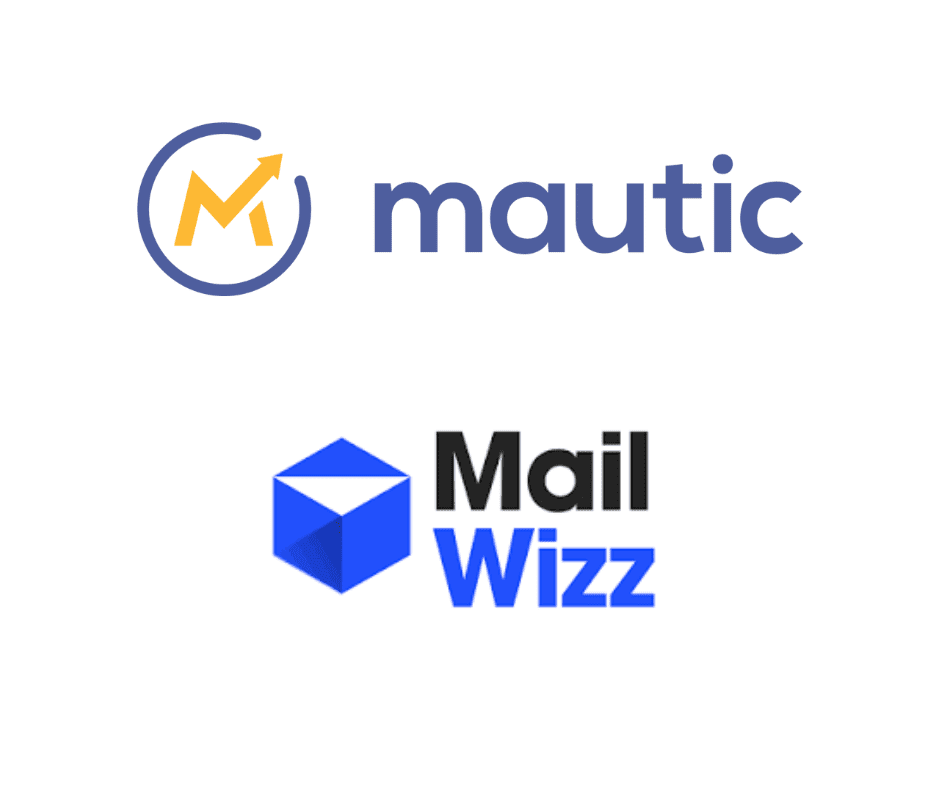Email marketing is a powerful tool for businesses of all sizes. It helps to reach customers, generate leads, and increase sales. With so many options available, it can be challenging to choose the right email marketing platform. In this blog post, we will be comparing two popular email marketing platforms, MailWizz and Mautic, from the perspective of experts. We will be taking a deep dive into the features, deployment options, pricing, and overall value of each platform. By the end of this post, you will have a clear understanding of which platform is the best fit for your business needs. Whether you’re a small business owner or a marketing professional who engages in cold-emailing or B2B sales outreach, this comparison will provide valuable insights to help you make an informed decision. So, let’s dive in and see how MailWizz and Mautic stack up against each other.
MailWizz and Mautic are both open-source email marketing automation platforms that allow businesses to manage and automate their email campaigns. Both platforms are popular choices among businesses of all sizes, as they offer a wide range of features and functionalities that are designed to help businesses improve their email marketing efforts and achieve better results.
Pricing
Pricing is an important aspect to consider when choosing an email marketing platform. Both MailWizz and Mautic offer different pricing options, which can affect the cost and value for businesses.
MailWizz pricing is based on a one-time license fee, which means that businesses pay a one-time fee to access the software. The cost of the license varies depending on the number of domains, the number of email sends, and the type of license (single or multi-user) businesses need. The pricing model allows businesses to have full control over their email marketing system and to have access to all the features with no additional monthly fee.
Mautic, on the other hand, offers a freemium pricing model which means that businesses can use the software for free but with some limitations. They also offer a paid version with additional features that can be added as needed. Businesses can choose the pricing plan that best suits their needs and budget.
In conclusion, both MailWizz and Mautic offer different pricing options. MailWizz’s one-time license fee allows businesses to have full control over their email marketing system but it can be a higher upfront cost. Mautic’s freemium pricing model allows businesses to start using the software for free, but businesses may need to pay for additional features or higher usage. It’s important for businesses to evaluate their needs, budget and usage to decide which pricing model is the best fit for them.
Recent posts


